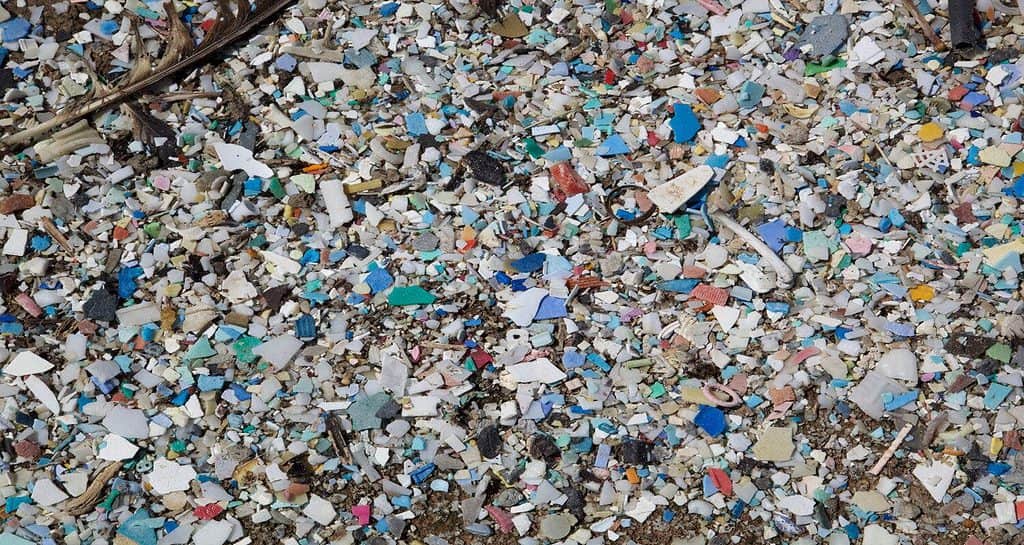It might be time to say goodbye to coffee pods, hotel toiletries and throwaway water bottles in the European Union. The EU executive has introduced a set of proposals to curb Europe’s large mountains of plastic waste and reduce greenhouse gas emissions. All packaging items will have to be recyclable, and many other items compostable.

The plan seeks to reduce packaging waste by 15% by 2040 per member state per capita, compared to 2018 levels. This would lead to an overall waste reduction in the EU of about 37% compared to business as usual, and it will happen through reuse and recycling, the EU said, encouraging individuals, businesses, and the government to change habits.
The EU had already approved a law in 2019 to ban the most common single-use plastic, such as stirrers, straws, and plastic cutlery, but officials now want to take it further.
The details of the plan
The average European citizen generates about 180 kilograms of packaging waste, which could grow by 19% by 2030 without further action, the EU estimated.
“After tackling single use plastics, we now take the next step on our way to a future without pollution,” Frans Timmermans, European Commission Executive Vice-President, said in a statement. “Our proposals reduce packaging waste, promote reuse and refill, increase use of recycled plastics, and make it easier to recycle packaging.”
Some packaging would face a complete ban, such as single-use packaging for small pieces of fruits and vegetables and mini-shampoo bottles. Restaurants won’t be able to use throwaway cups and plates for consumers dining in. By 2040, those offering takeaways would have to serve 40% of their meals in reusable or refillable packaging.
The plan also hopes to end confusion about recycling, proposing harmonized labels to make it clear to consumers which bin to use. Products claiming to be biobased, biodegradable, and compostable will also have to meet minimum standards. This would allow consumers to tell how long it takes an item to biodegrade, for example.
In addition to reducing plastic pollution, it’s expected that this move will also reduce greenhouse gas emissions.
By 2030, the proposed measures would reduce greenhouse gas emissions from packaging down to 43 million tons compared to 66 million if the legislation isn’t changed – the size of Croatia’s annual emissions. Water use would also drop 1.1 million cubic meters and the cost of environmental damage would be reduced by $6.3 billion.
While single-use packaging industries will have to invest in a transition, the EU estimates that the overall economic and job creation impact is positive. Increasing reuse alone would create over 600,000 jobs by 2030. The measures are also expected to save each European almost $100 per year if companies translate savings to consumers.
“We propose crucial steps to make sustainable packaging the norm in the EU. We will create the right conditions for the circular economy principles – reduce, reuse, recycle – to work,” Virginijus Sinkevičius, EU’s Commissioner for Environment, said in a statement. “More sustainable packaging and bioplastics are about new business opportunities”
Now that the plan has been published by the EU Commission, it will be up to European legislators (the European Parliament and the Council) to formally approve it. This usually takes one to two years. There has already been some pushback by some countries and industries against strict reuse requirements, so negotiations will likely be tense.









